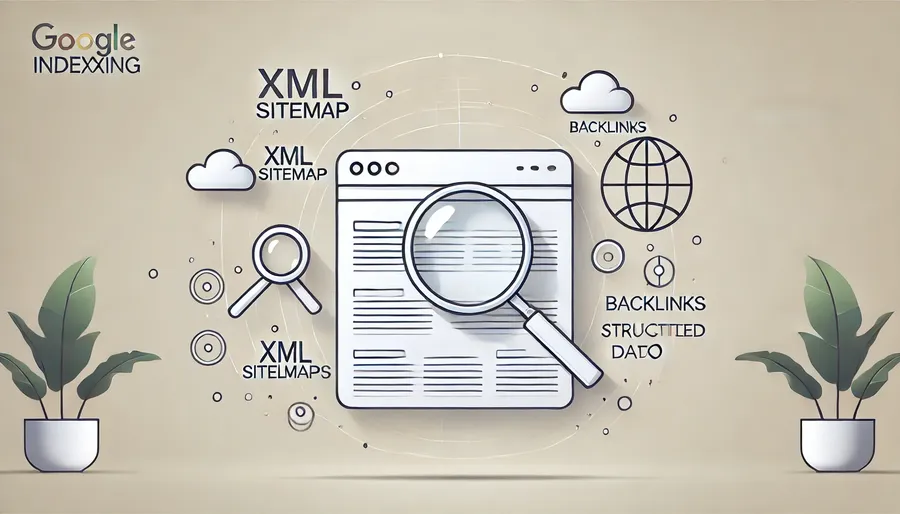
Best Practices for Indexing in Google
Best Practices for Indexing in Google
Ensuring your website is properly indexed by Google is crucial for search visibility and organic traffic. If your pages aren't indexed, they won’t appear in search results, meaning potential visitors won’t find your content. In this guide, we’ll cover the best practices to help Google crawl, index, and rank your website efficiently.
1. Verify Your Site with Google Search Console
Google Search Console (GSC) is an essential tool for monitoring indexing status and identifying issues. To verify your site:
- Sign in to Google Search Console.
- Add your website as a property.
- Follow the instructions to verify ownership.
- Regularly check the Index Coverage Report for errors.
2. Submit a Sitemap
A sitemap is a roadmap for search engines, guiding them to important pages. Ensure you:
- Create an XML sitemap (e.g., using Yoast SEO, Rank Math, or Screaming Frog).
- Submit it to Google via Search Console ("Sitemaps" section).
- Keep it updated when you add or remove pages.
3. Optimize Your Robots.txt File
The robots.txt file tells Google which pages to crawl.
- Avoid blocking important pages unintentionally.
- Use Disallow: only for pages that should not be indexed.
- Test your robots.txt file in GSC’s Robots Testing Tool.
4. Use Meta Tags Correctly
- meta name="robots" content="noindex" prevents a page from being indexed. Ensure it’s not mistakenly applied to important pages.
- Use index, follow for pages you want to rank.
5. Improve Internal Linking
Google follows links to discover pages. Strengthen internal linking by:
- Linking from high-authority pages to new or important ones.
- Using descriptive anchor text.
- Ensuring every page is accessible within a few clicks.
6. Publish High-Quality Content
Google prioritizes unique, valuable content. Ensure:
- Your content is well-structured and provides real value.
- You avoid duplicate content issues.
- Content is regularly updated to stay relevant.
7. Optimize Page Speed and Mobile-Friendliness
Google uses mobile-first indexing, meaning your mobile version is key.
- Use Google’s Mobile-Friendly Test tool.
- Optimize images, minimize scripts, and leverage caching.
- Improve Core Web Vitals scores for better indexing and ranking.
8. Fix Crawl Errors
GSC highlights crawl issues under “Coverage.”
- Check for 404 errors and fix broken links.
- Redirect old or outdated URLs using 301 redirects.
- Avoid redirecting loops or chains.
9. Build High-Quality Backlinks
Google crawls sites based on external signals, such as backlinks. Strategies to gain quality backlinks include:
- Guest posting on authoritative sites.
- Earning mentions in industry-related blogs.
- Promoting content through outreach and social sharing.
10. Use Structured Data Markup
Structured data (Schema.org) helps Google understand your content better. Implement:
- Article Schema for blog posts.
- FAQ Schema for frequently asked questions.
- Product or Review Schema for eCommerce pages.
11. Request Indexing for New or Updated Pages
If you’ve recently published or updated content, request indexing in Google Search Console:
- Go to the “URL Inspection” tool.
- Enter the page URL.
- Click “Request Indexing.”
Following these best practices ensures your website is fully optimized for Google indexing, improving your chances of ranking higher in search results. Regularly monitor your site’s indexing status in Google Search Console, fix any issues promptly, and continue optimizing for search engines and users alike.
Need a detailed SEO audit? Use revisionseo.com to check for indexing issues and improve your website’s performance.


